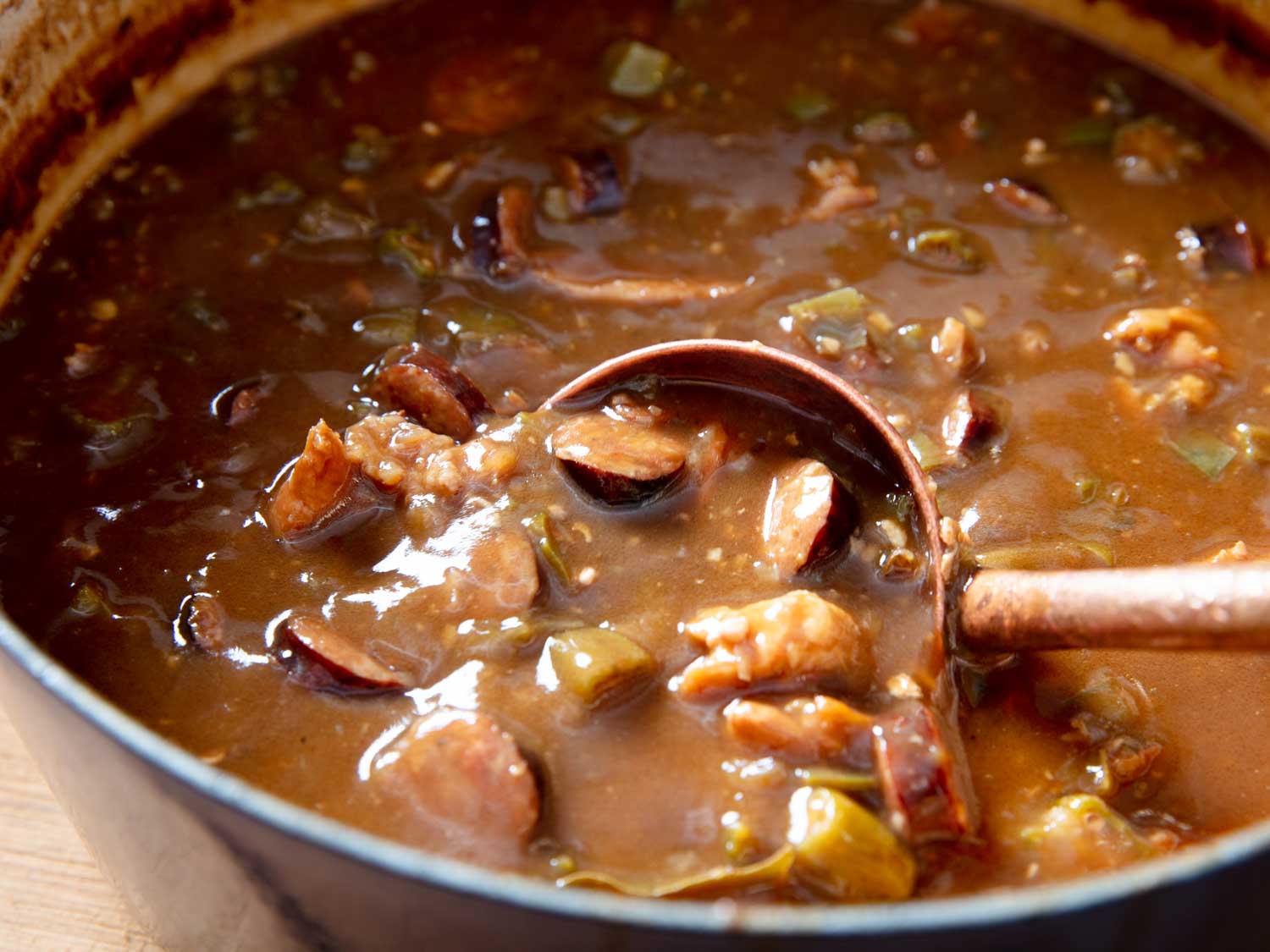A Rat is a Rat is a Rat is a Rat

by Josh Jack
Man has historically maintained a difficult relationship with rodents: those loathsome pests whose teeth forever grow and grow and must be worn away in ceaseless gnawing lest they spiral backwards towards their source and penetrate their bearers brain (an existential problem, dentally expressed.) Mice poach our food from the pantry, and rats fester with lice and fleas that help spread the latest variety of plague, while squirrels heckle us from above for transgressions whose parameters we might never hope to divine. Only the noble beaver: that most industrious engineer and lumberjack, whose flat tail was a delicacy esteemed by Québécois fur-trappers above even beef fillet, and whose supple furs composed the finest coats and top hats of the Victorian era; only he seems worthy of our respect. And yet he has an evil twin whose infamy continues unabated in our very backyards! Imagine: the rapacity of a hamster matched with the stature of the prince of rodents! Imagine the Nutria Rat. Imagine Terror.
The Nutria rat first arrived on American soil (that is NORTH American soil) in the 1930’s from the temperate and subtropic climes of South America [Argentine, Uruguay, south Brazil, Chile, and Paraguay.] The first of these are commonly thought to have belonged to Edward Avery McIlhenny, a hot sauce baron, for his Avery Island pepper plantation, where one of the very most vinegary hotsauces in the state is still produced today. (A closer examination of the record, however, has since revealed that he purchased his brood from a dealer in St. Bernard Parish.) This importation was hoped to be a boon for the local fur economy. The poor man’s beaver, it none the less enjoyed a fleeting popularity when even such luminaries as Greta Garbo are known to have vested themselves in their pelts. But the genie was soon out of the bottle, and the Nutria soon out of their pens. Global fur prices tanked (due, in no small part, to price manipulations in Russia) and interest in Nutria Husbandry waned, even as their wild population exploded.
These great rats’ deadly power, as with other rodents, is seated in their teeth: great orange chompers that gnaw ceaselessly (Nidhøgg-like) at the very roots of our landscape. Insatiable, they chew away the stems and fundaments of swamp plants which platt the wetlands into cohesive braids and bowers. This stitching shorn, our precious wetlands dissolve into the Gulf: over 100,000 acres at the turn of the millennium! What’s more, they are a most fecund pestilence: a nutria dam can produce as many as three litters a year, with as many as a dozen young ones to a litter: born full-furred, dentate, and ravenous — sexually mature in as little as three months!
And yet these critters’ utility might be the very ammo we require to combat them (other than, you know, the ammo for the guns… metaphorical ammo.) Recent years have witnessed a resurgence of interest in nutria fur products. It’s guilt free! (unlike your mink scarf, or your ermine muff.) Nutria meat is also, it turns out, quite tasty, and since the filthy creature is, in addition, a fastidious vegetarian, its flesh is commensurately lean and nutritious. Unlike the mean proportions of a squirrel, the ample frame of a 20 lb. nutria can supply the basis for a truly satisfying meal. (It tastes like something between rabbit and dark turkey meat.) The nutria is also hellaciously abundant! So grab a permit! Shoulder your rifle! Let’s get hunting! (The Louisiana Coastwide Nutria Control Program will even pay you out five dollars for every nutria tail you present them — Huzzah!)
Recipe for Cajun Nutria Gumbo:
- 1 nutria, cut into serving pieces (about 5 pounds, dressed)
- 2 tablespoons Tony Chacheres for rub
- 2 cups vegetable oil
- 2 cups flour
- 2 chopped onions
- 2 cups chopped celery
- 2 cup chopped bell peppers
- 2 tablespoons chopped garlic
- 3 teaspoons salt
- 1 teaspoon cayenne
- 1 teaspoon freshly ground black pepper
- 4 bay leaves
- 1 tablespoon dried thyme (or 2 tablespoons fresh)
- 1 gallon water (or poultry stock)
1) Season the nutria with the rub. Heat the oil in a large stockpot over medium-high heat. When the oil is hot, brown the nutria, cooking for 3 to 4 minutes on each side. Remove, drain, and transfer to a platter to set aside.
2) Reduce the heat to medium and add the flour. Stirring constantly for about 10 minutes, make a dark brown roux, the color of chocolate.
3) Add the onions, celery, bell peppers, and garlic. Cook, stirring constantly, for about 5 minutes, or until the vegetables are wilted. Add the salt, cayenne, black pepper, and bay leaves and thyme. Add the browned nutria and cook for 1 minute. Add the water or stock, stirring to mix well. Bring to a gentle boil and simmer, uncovered, for 1 hour, or until nutria is tender.
4) Remove the bay leaves and serve in soup bowls with rice and hot sauce (Tabasco is best for historical irony)
